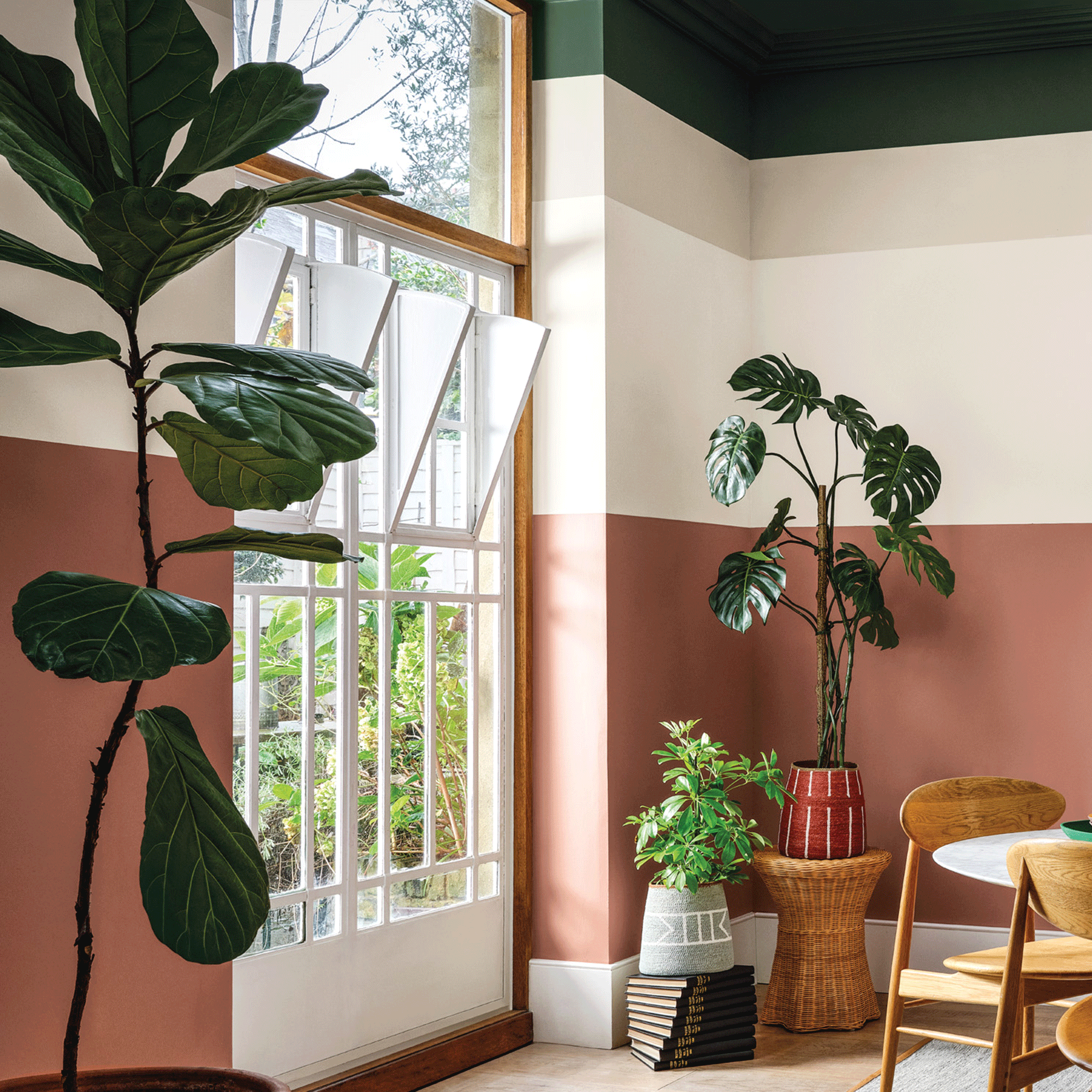How to deal with damp
With damp a common problem in UK homes, we’ve identified the major causes and found out how to overcome them
Damp can occur in any building type and is often the result of failing to keep up with
house maintenance.
What causes damp?
Causes include leaking pipes, wastes or overflows, rising damp from the ground caused by a damaged damp proof course, condensation in kitchens or bathrooms that don't have adequate extraction, or water penetrating from outside because of a missing roof
tile, leaking window frame or blocked gutter.
Luckily damp is easy to identify. Start by sourcing the cause. For example, a damp patch on the wall at the top of a chimney breast suggests a leak from the chimney stack, a wet patch at the top of a wall may indicate a leaking gutter and damp near windows might mean a damaged drip groove beneath the window sill.
Find out more in our guide on identifying
what kind of damp you have, and how to treat it.
How to identify your damp problem
Rising damp is water that enters a structure from the ground, commonly caused by having a damaged damp proof course, or no damp proof course at all.
Symptoms include decayed skirting boards and floors, stained plaster and peeling paint and wallpaper.
Penetrating damp is when water enters a building from outside and moves through the walls, often creating stains or mould growth at some distance from the leak.
Caused are defects in guttering and pipes, faulty flashings, poor pointing and cracked rendering.
Condensation, the most common form of damp, is often caused by poor heating and ventilation. It occurs when activities such as cooking raise the level of humidity in a building. This air condenses on cold surfaces - windows ans walls.
Running water on windows is the most obvious signal of condensation and can lead to stained curtains, decaying window frames or moulding on paint and wallpaper.
How to treat damp
Serious damp problems may require that you consult a qualified surveyor. They will take a moisture reading at your home, identify the cause of the problem and advise you on the right course of action. Find a professional in your area at The Property Care Association scheme.
Rising damp
Seek the advice of a trained surveyor before you consider installing a new damp proof course.
It may be that the problem is more easily remedied.
Penetrating damp
You may need to repair or replace your gutters. It might be your window sill dip grooves - designed to shed rainwater so it doesn't run down the house wall - are blocked and need to be reformed.
If exterior brickwork has become porous, paint over with an exterior waterproofing fluid to add a new water resistant skin.
Condensation
Quick remedies for condensation include wiping down windows and sills every morning. Remove mould as soon as you see it and wipe down walls and window frames with a fungicidal wash.
Insulate your loft and replace or draught-proof doors and windows for more lasting effects.
More serious problems may need a surveyor's attention. Improving your heating and ventilation systems might be the answer.
Install extractor fans in kitchens and bathrooms to reduce moisture.
Get the Ideal Home Newsletter
Sign up to our newsletter for style and decor inspiration, house makeovers, project advice and more.
-
 Crown Paint has launched new wall colours for the first time in three years, and changed how I think about neutral shades
Crown Paint has launched new wall colours for the first time in three years, and changed how I think about neutral shadesIs terracotta the ultimate neutral?
By Rebecca Knight
-
 How to protect seedlings from birds – experts say there's a kind and clever way to stop them pecking
How to protect seedlings from birds – experts say there's a kind and clever way to stop them peckingYes, you can protect seedlings from birds without harming your feathered friends...
By Kayleigh Dray
-
 We tried the viral napkin bunny ears hack – it only takes five minutes and will take your Easter table to the next level
We tried the viral napkin bunny ears hack – it only takes five minutes and will take your Easter table to the next levelThis Easter craft is not only beautiful, but really easy to do
By Kezia Reynolds